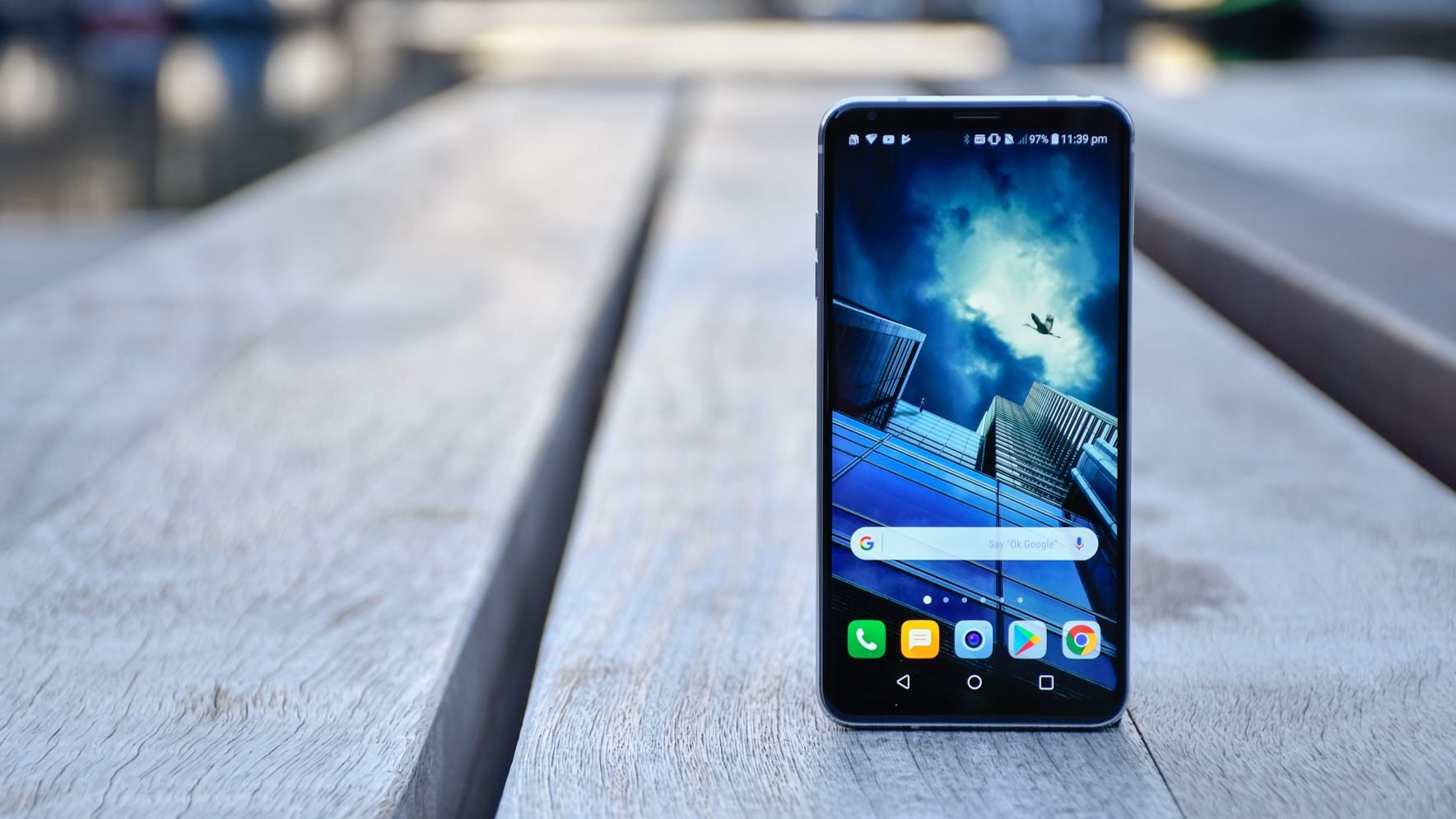TechRadar Verdict
The LG V30 is a confident step forward, not just for LG’s experimental smartphone branch, but for its flagship devices in general. Simply put, this is LG’s best in recent memory and as a result, it’s also one of 2017’s best smartphones.
Pros
- +
Streamlined design
- +
Bursting with features
- +
Interesting camera improvements
- +
Gorgeous OLED display
Cons
- -
Doesn’t launch with Android Oreo
- -
Quite expensive
- -
Selfies and low-light photography aren’t industry-leading
Why you can trust TechRadar
The LG V30 stands out from the competition enough to be considered LG’s true flagship phone for 2017, not the LG G6, its impressive, albeit instantly outmatched smartphone from six months ago.
That’s an unexpected relief because the LG V20 came onto the scene last year and its rivals frankly picked apart everything unique it had going for it. The HTC U Ultra lifted the second screen for notifications, and just about every flagship phone now utilizes a dual-lens camera.
So how has LG’s experimental smartphone branch move forward? By focusing on the subtleties, ditching the divisive design, and producing its most bold, feature-packed device yet.
But making all of the right moves comes at a high cost. $809 in the US, £799 in the UK when it launches in November, and AU$1199 in Australia for the LG V30+ (the only model this region will be served, which differs only in its internal storage).
(Update: LG has distributed software updates for the V30 worldwide – if you don't have it now, you will soon – that adds the AI features found in the LG V30S ThinQ. Additionally, the phone's name has officially changed to the LG V30 ThinQ to better align it with the upcoming LG G7 ThinQ.
Still, the LG V30 is one of the best Android phones that you can buy. But if you want to save money, there are better options out there at this point – perhaps the new LG V35 ThinQ might tempt you?)
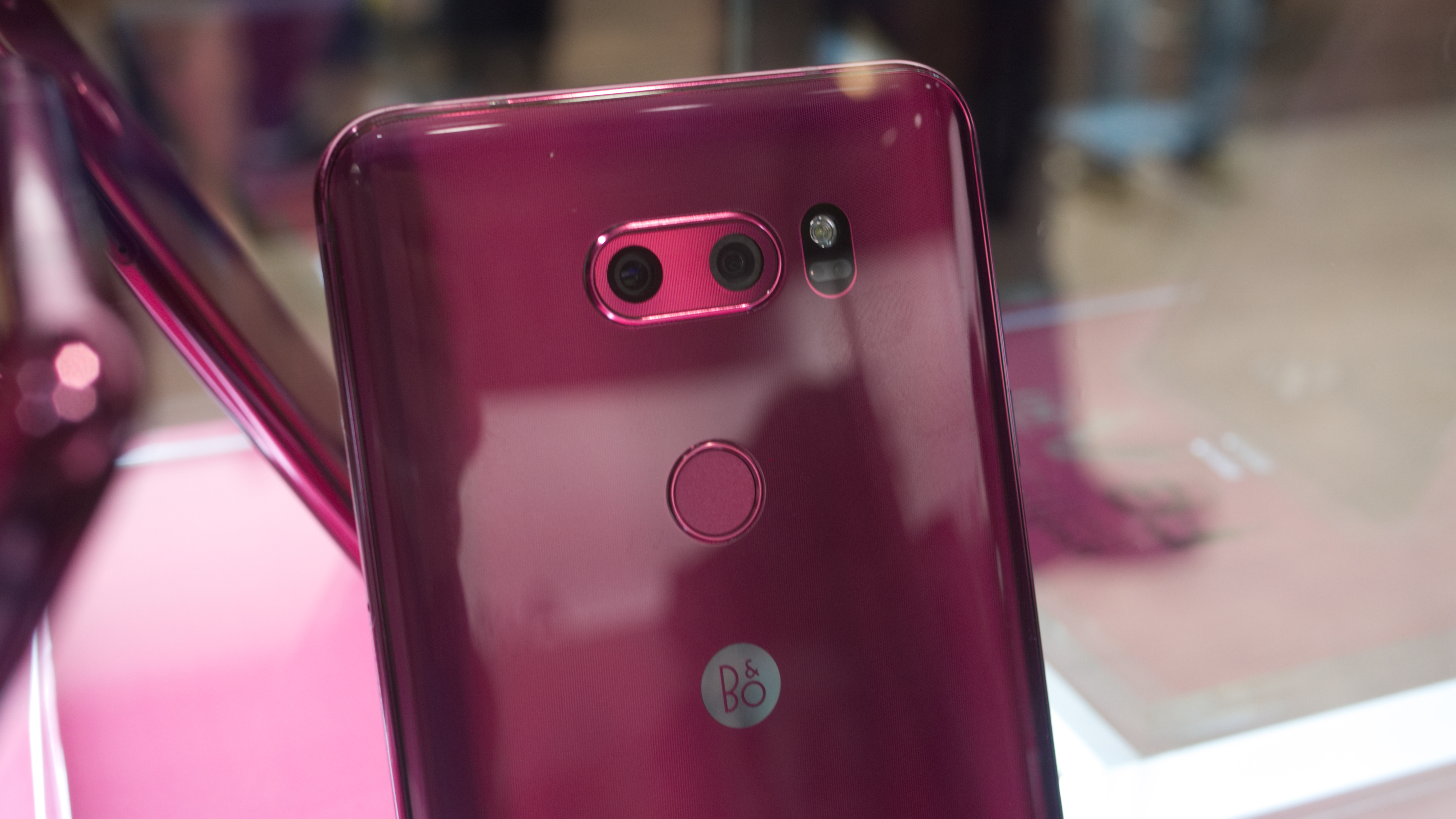
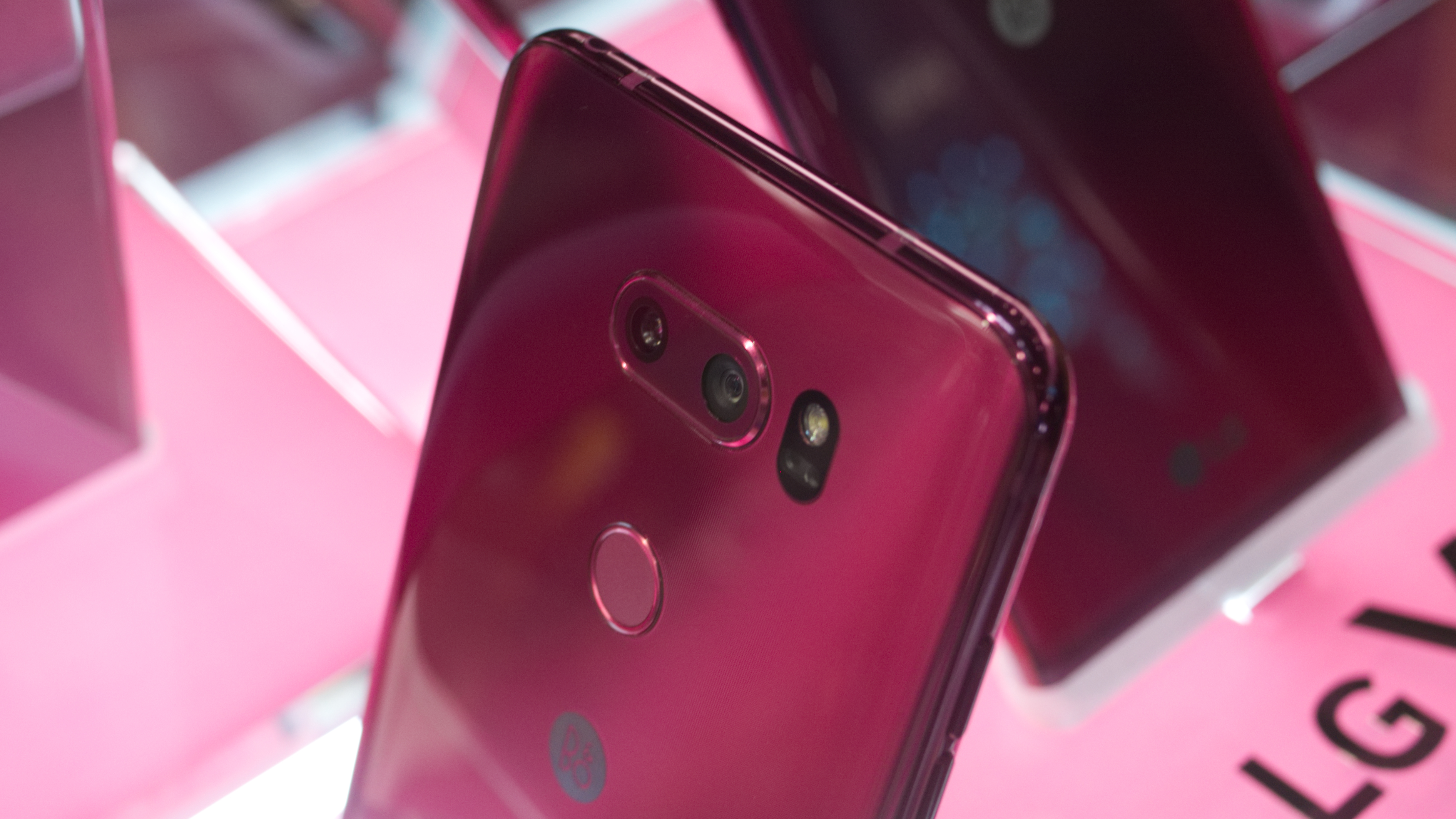
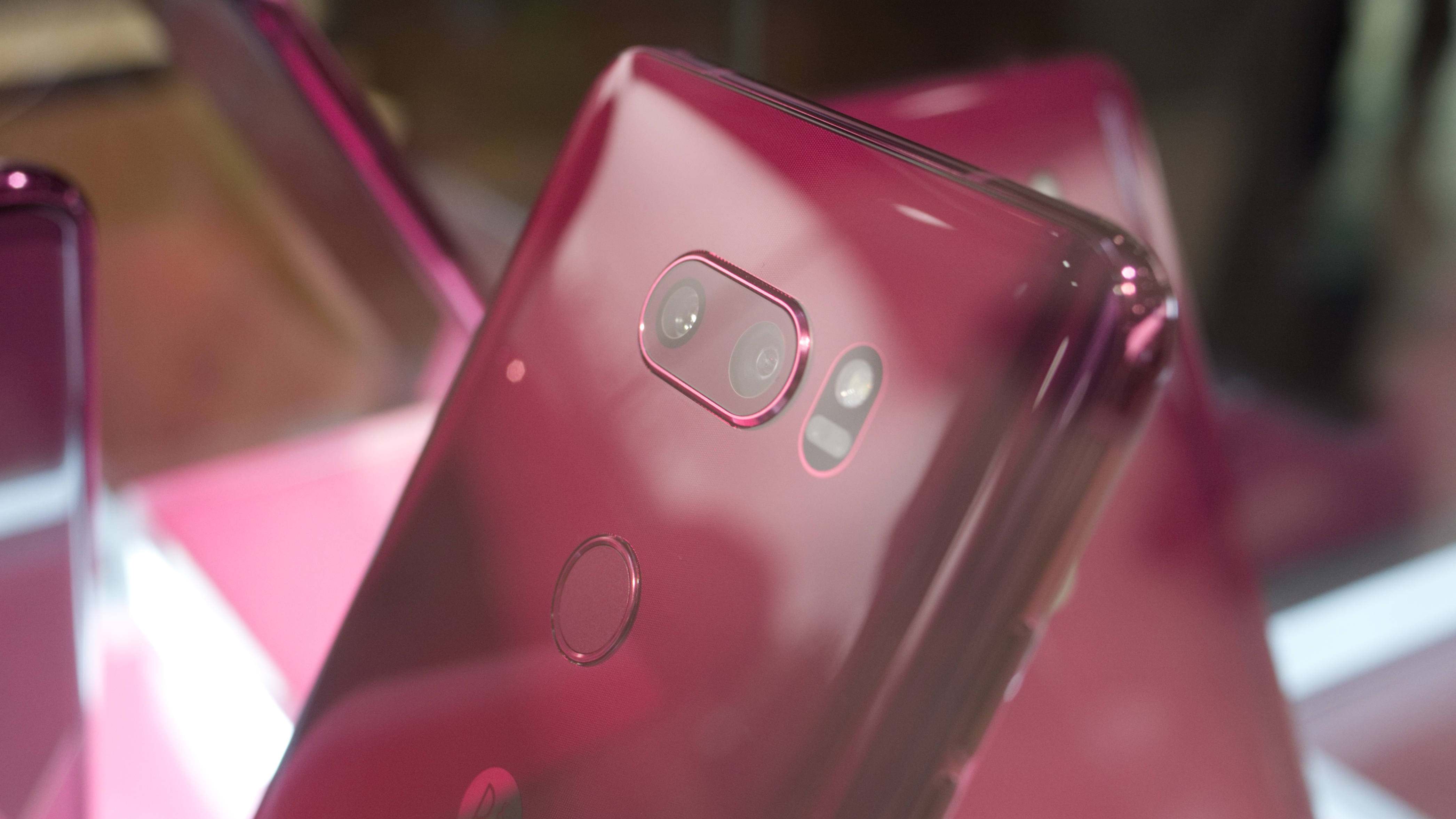
That amount of money will basically get you any flagship phone on the market, or at least most of one if you’re on the hunt for the iPhone X. And for some, LG took far too long following the V30’s late August announcement to bring it to market. Since then, the Essential Phone, Samsung Galaxy Note 8 and Google Pixel 2 XL have been revealed to the world. But even with this stellar year for Android smartphones, LG’s nearly bezel-free device easily makes its case for the cash.
We’ve now spent more than enough time with the final review unit and have worked to scoop through each and every feature (there are many) to be found within LG’s latest smartphone.
LG V30 price and release date
- Available now in US, UK and AU
- $809 unlocked in US, £799, AU$1,199 (for the V30+)
For the first time, LG’s V-series smartphone will be more broadly available across the globe. Having been limited to just the US, Australia and part of Asia, the V30 is making the jump to multiple regions, including the UK.
As for the price, LG’s latest retails for $806 in the US. In the UK? Pre-orders for its early November release pin it at £799. For those in Australia, you’ll be treated only to the LG V30+ for AU$1,199 – the same goes for US customers on Sprint. In terms of differences, there are few: onboard storage and carrier compatibility (the latter of which applies if you're in the US). Instead of 64GB by default in the standard model, you’ll get 128GB built-in along with microSD storage.
Design
- Understated design lets the screen stand out
- Feels very light considering all of the tech inside
- Waterproofing and military-grade toughness are always welcome
Instead of straying from the pack, the LG V30 blends in with this year’s fleet of flagships. But that’s not such a bad thing. It even takes cues from the LG G6, evolving that design ID ever so slightly, all while steering itself in a few new directions, too.
Starting on the front, LG’s FullVision 18:9 aspect ratio tech is on display here, complete with a gorgeous 6-inch OLED (finally!) display tuned at 2,880 x 1,440. While there are still bezels at the ends and the sides of the V30, the presentation renders them to be quite understated, letting the screen stand at the center of the stage. In fact, we really appreciate having just a little bezel on the sides, as it lessens accidental presses while typing or playing a game.
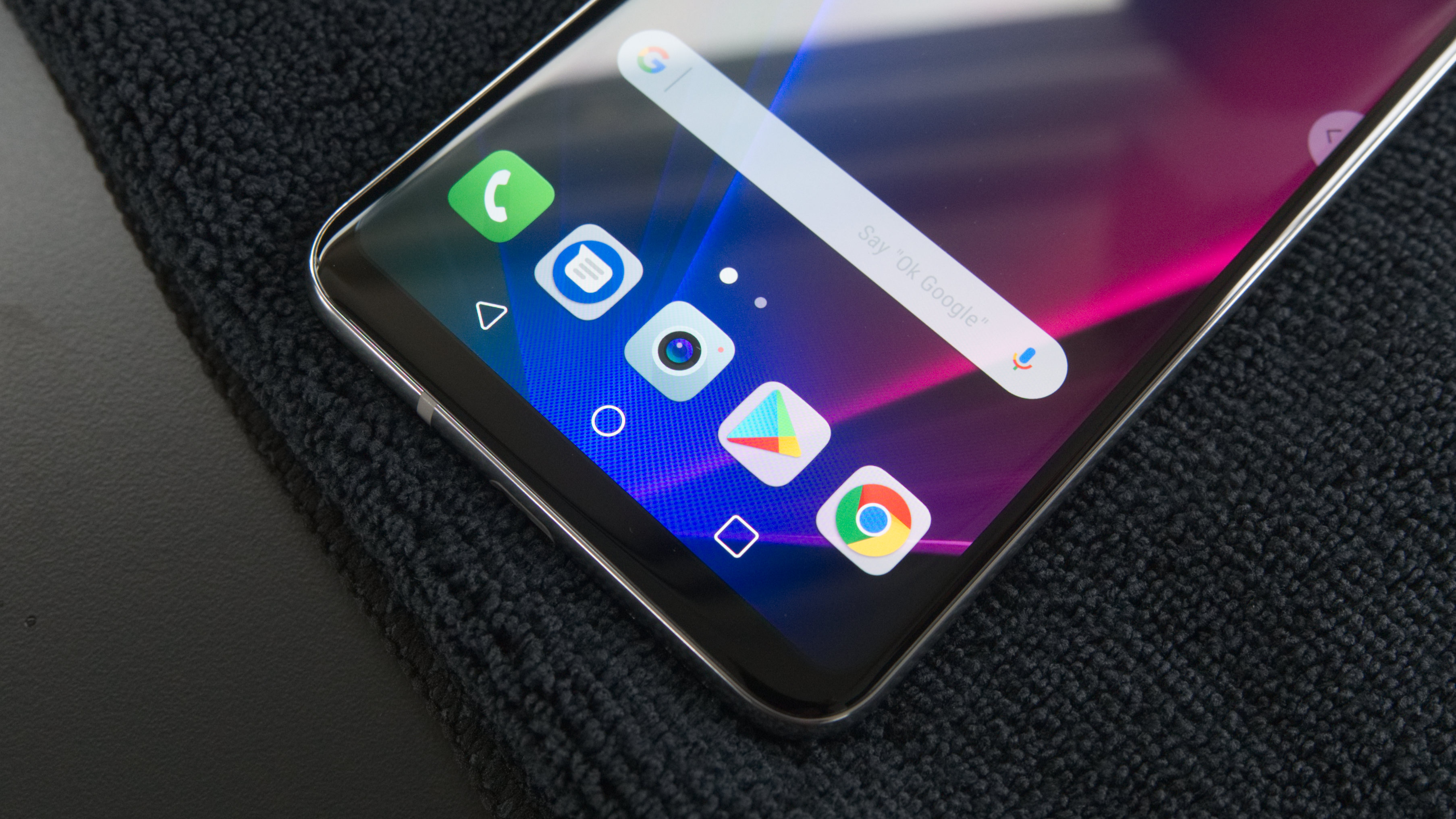
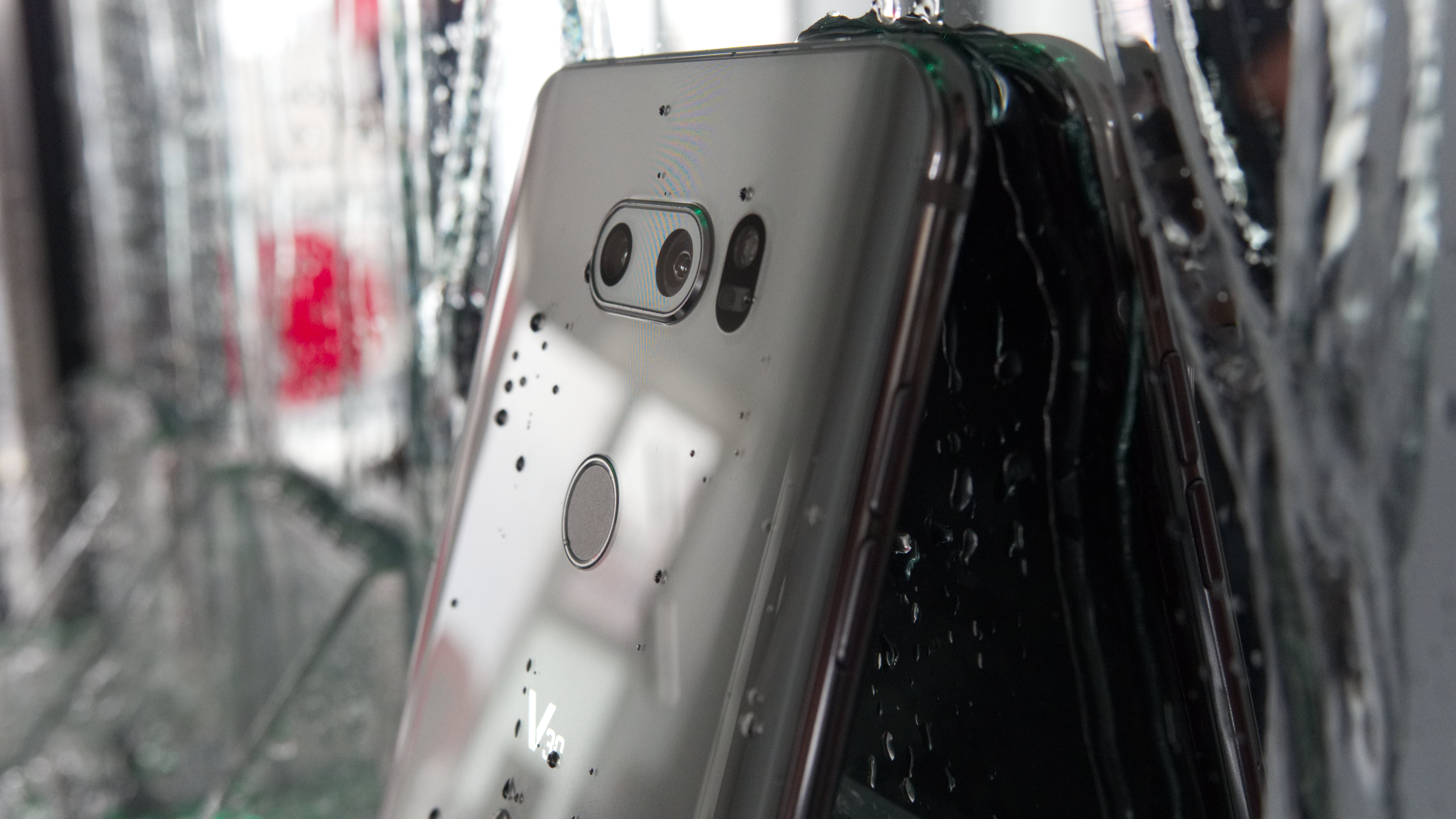

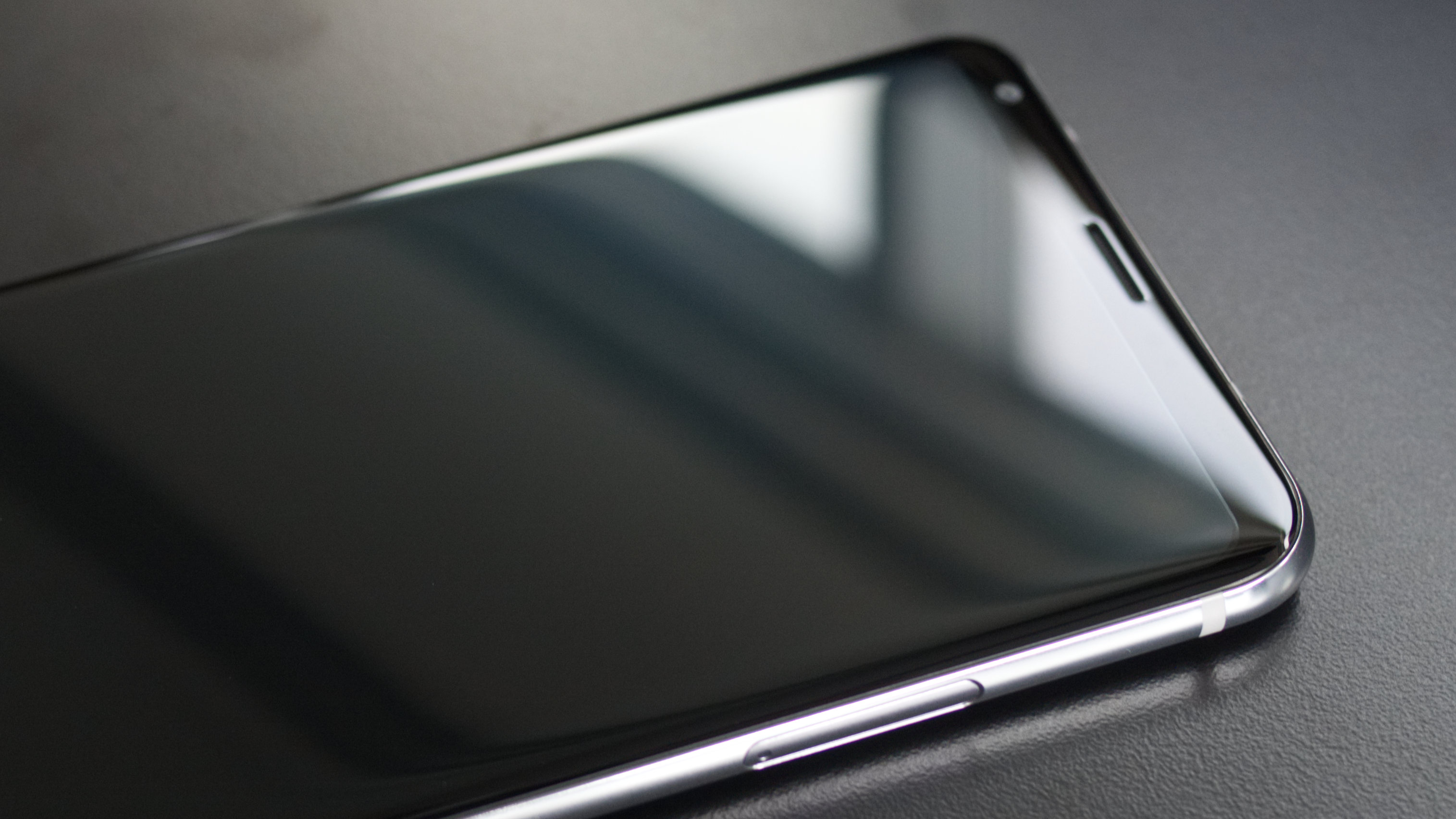
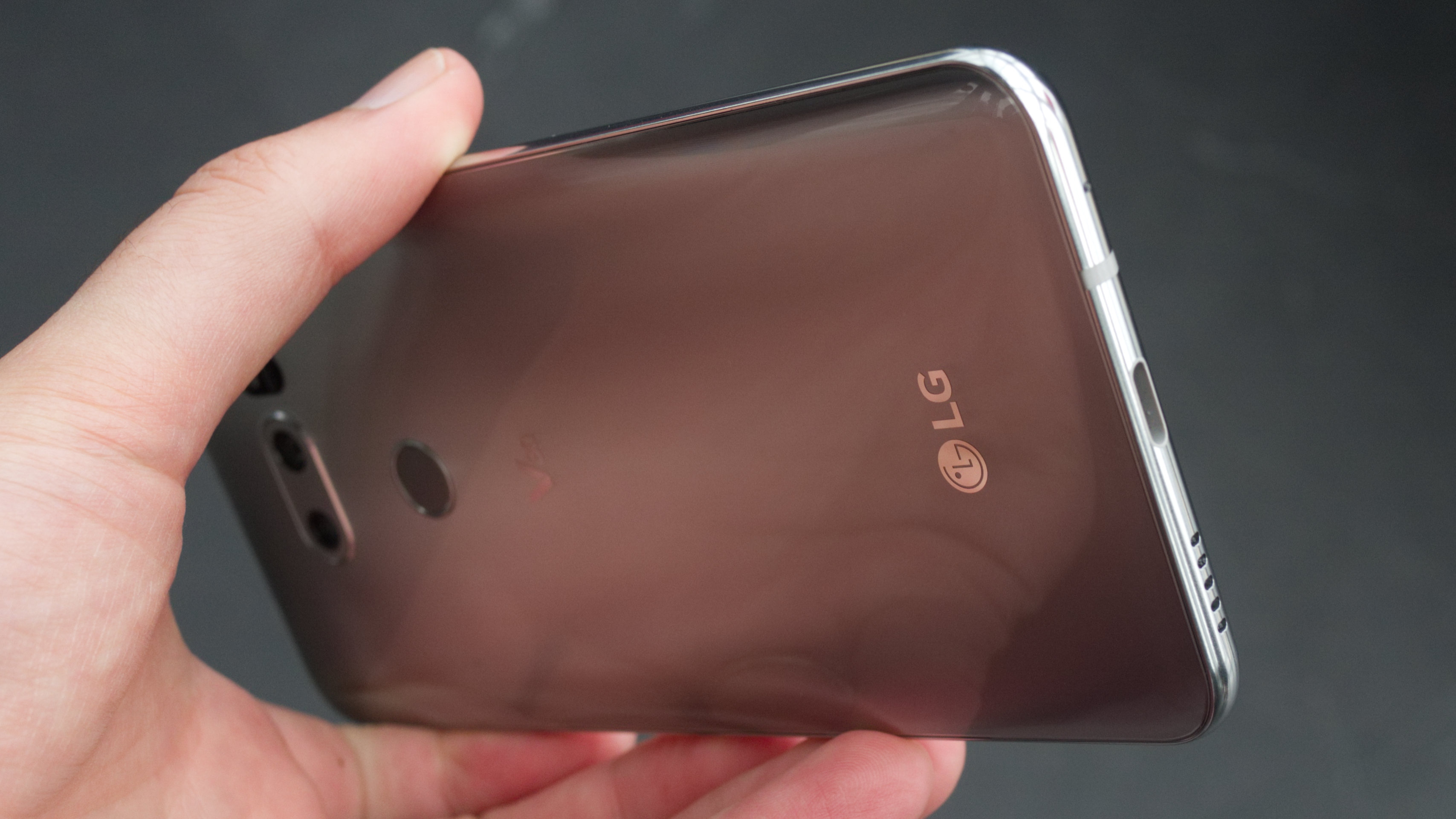
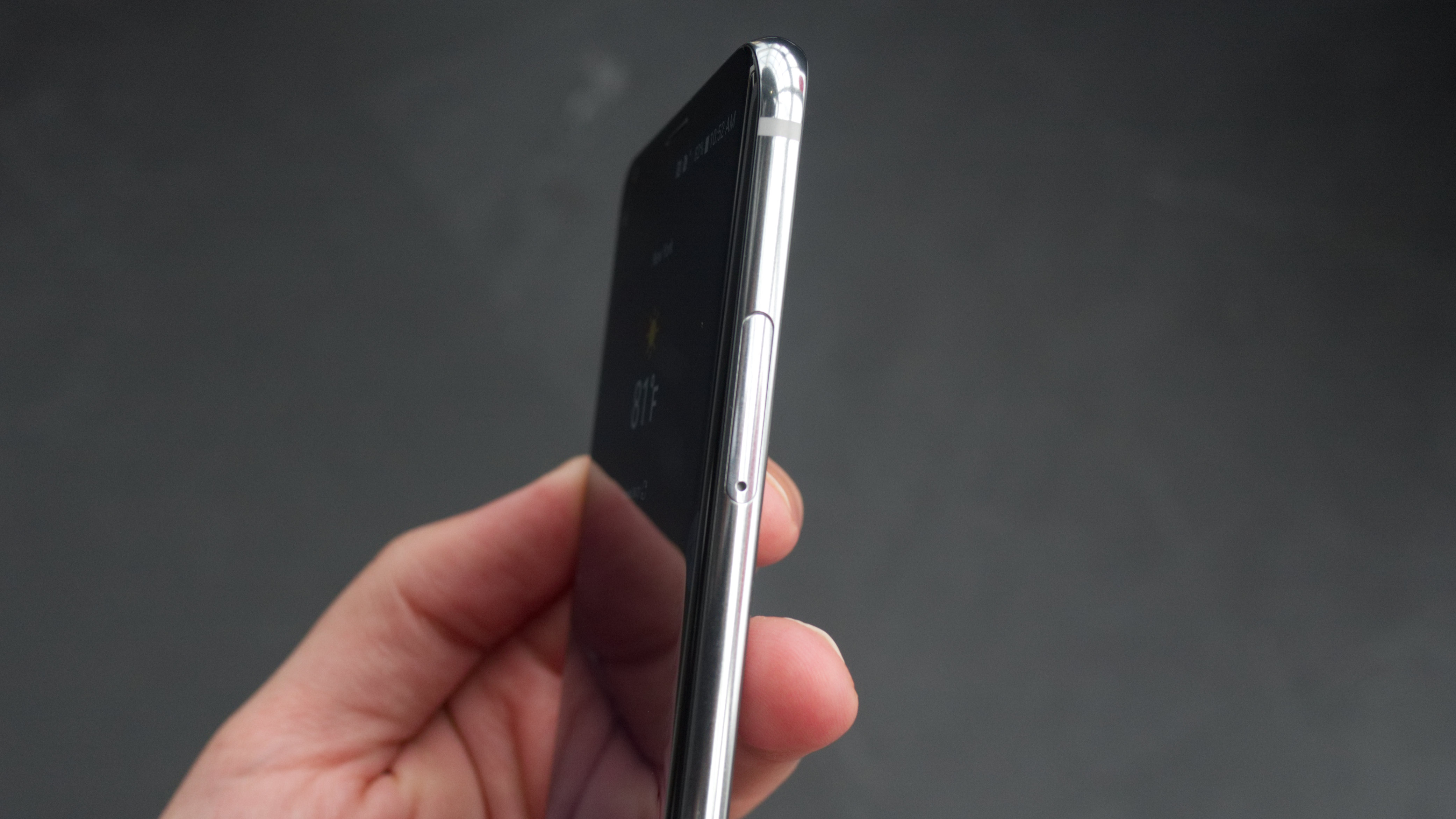
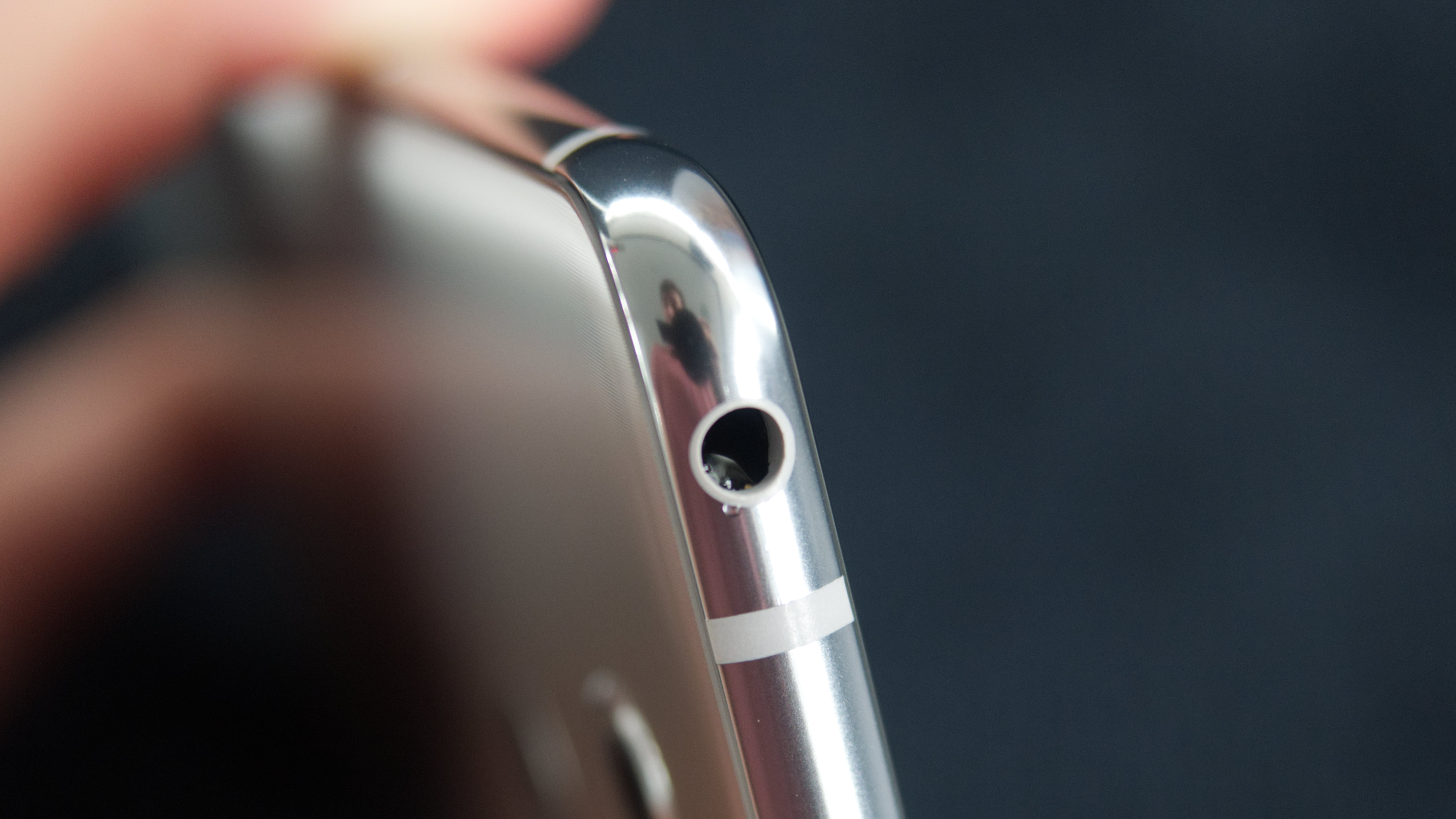

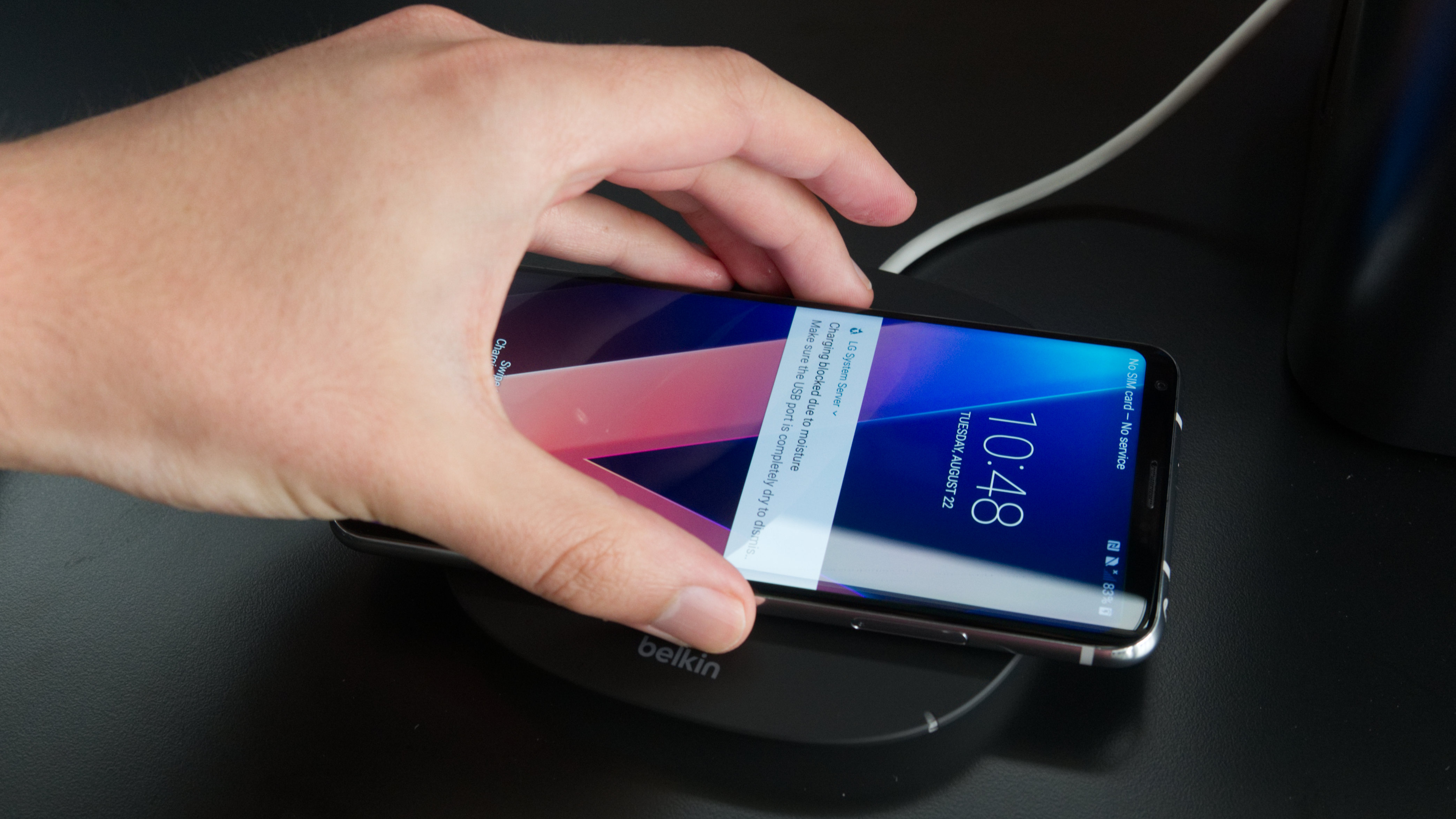
LG’s latest measures in at 151.7 x 75.4 x 7.3mm and weighs 158 grams, all of which puts it on par in sizing with the Google Pixel XL. That said, it’s remarkable that LG has fit a screen that’s a half an inch larger inside of a chassis that’s nearly the same size. Interestingly, it’s just a bit wider than the Samsung Galaxy Note 8, though the rest of its dimensions pale in comparison.
Around its glossy steel siding, you’ll find a tactile volume rocker to the left, and a SIM and microSD tray on the right. Down below, there’s a bottom-firing speaker grill next to the V30’s USB-C charging port. Up top, there’s a 3.5mm headphone jack, which is your one-stop shop for experiencing the phone’s Hi-Fi audio capabilities. LG has never been one to let us down in this department.
Flipped over on its slightly curved glass back, the phone’s fingerprint sensor, which doubly works as its power button, sits right in the middle – a more ergonomic location than Samsung’s choice with the Galaxy S8 and Note 8.
Glancing upward has us stumbling upon the V30’s center aligned dual-camera system. This isn’t LG’s first foray into the technology – the LG V10 was released in 2015. But this phone’s duo of lenses puts them to the best use yet. We’ll dive into that more below.
Lastly, LG has done the V30 a solid by implementing wireless charging as well as making it both water and dustproof with IP68 resistance. It also meets military spec standards, meaning it’s very durable. While this doesn’t ensure that its glass won’t break, the tough frame works to prevent bending. And for such a pretty phone, that’s a very good thing.
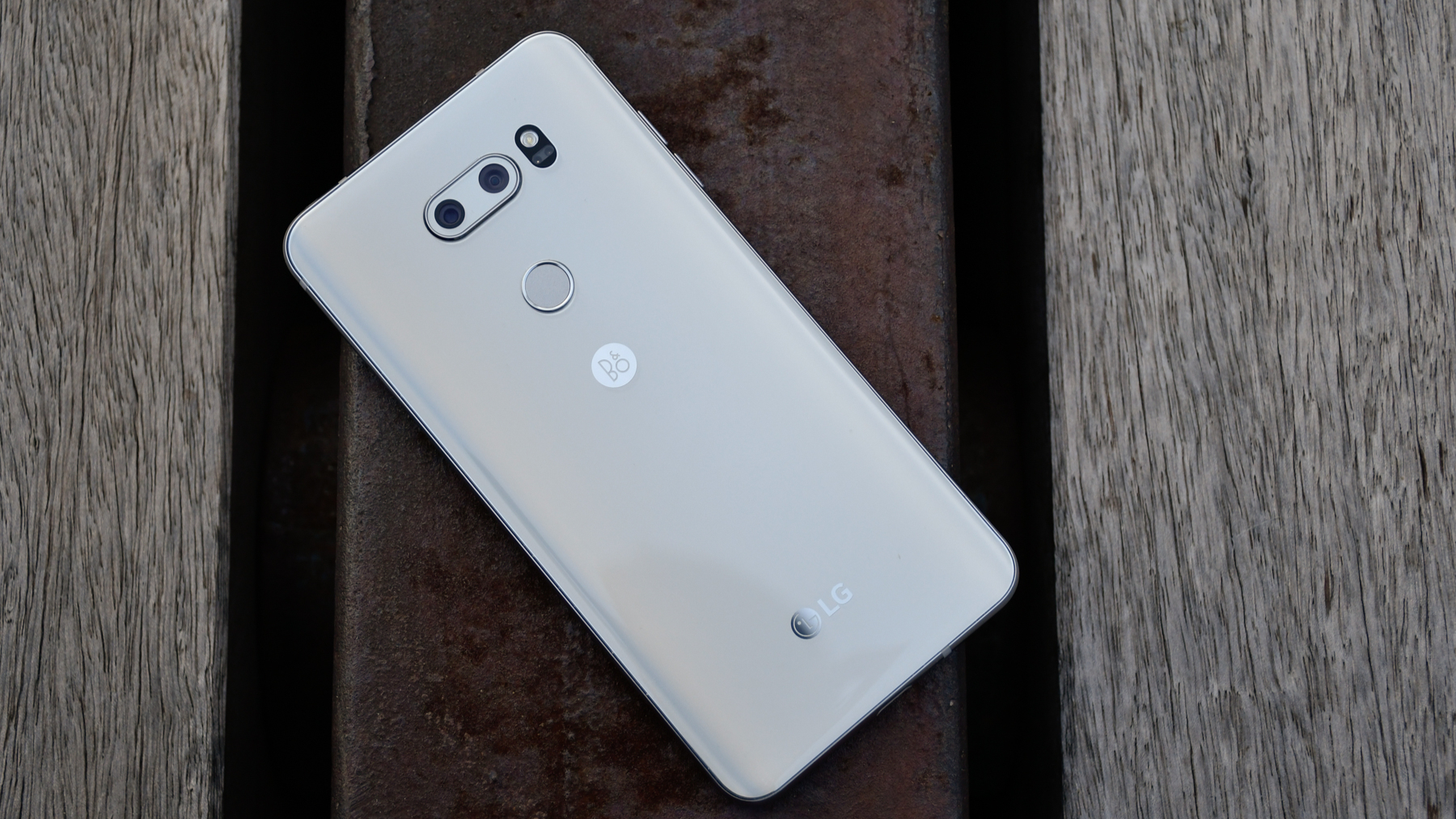
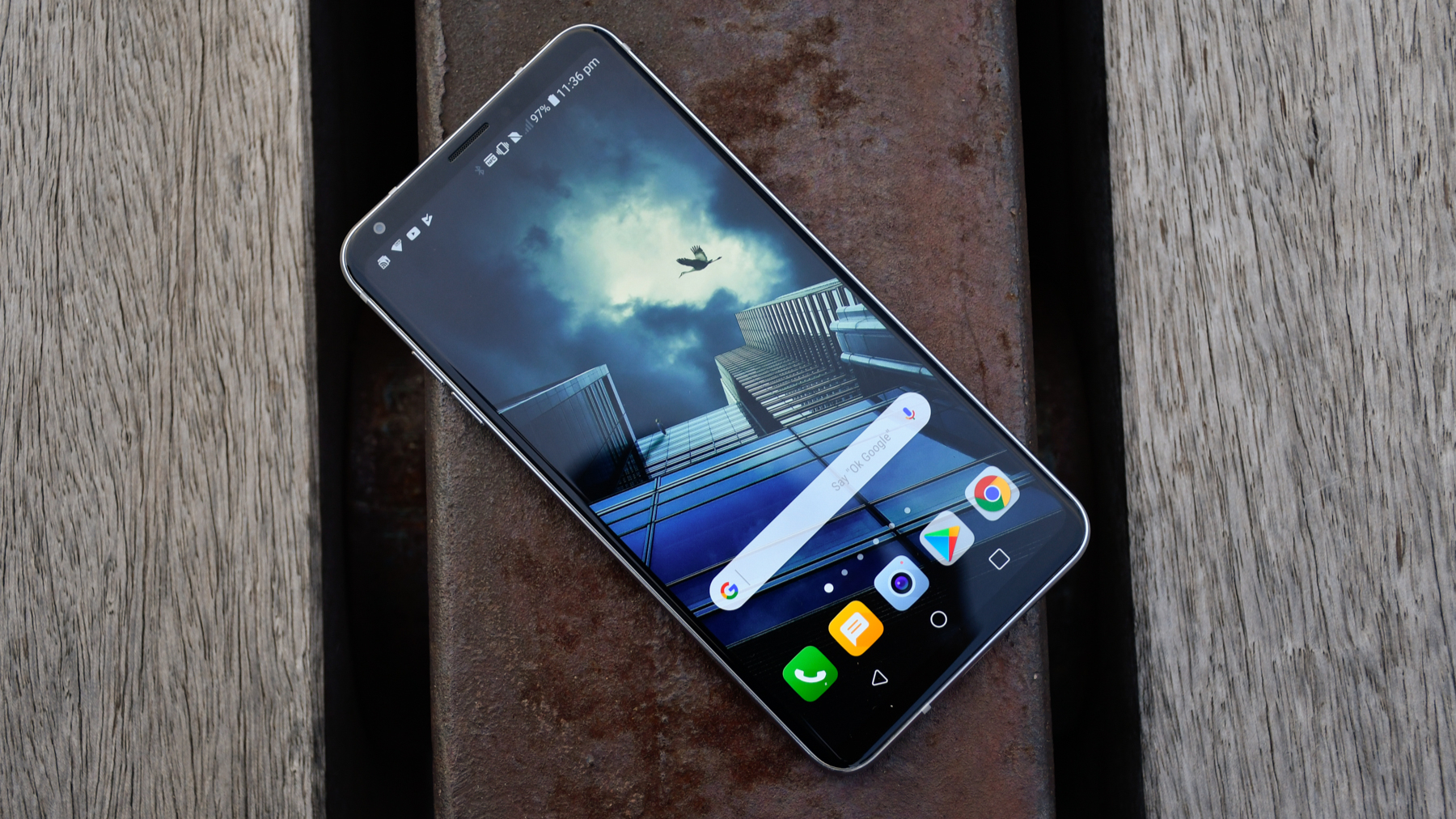

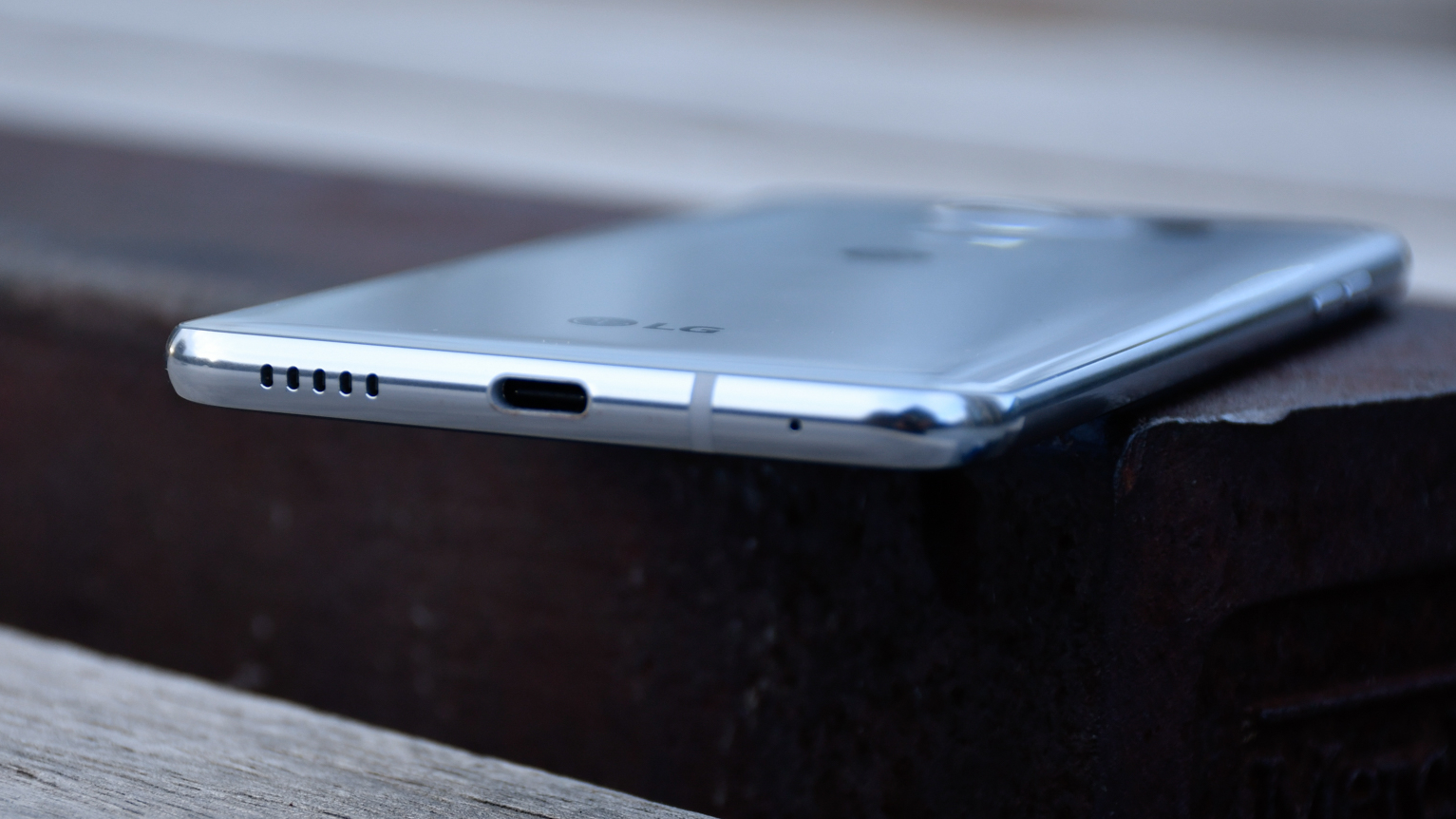
Where's the second screen?
Unique to the V experience, up until now at least, was the second screen display. The V30 changes that staple hardware feature into a software touch called Floating Bar that looks reminiscent of Samsung’s Edge feature, but operates a bit differently.
The second screen might be gone, but it’s still here in spirit. On our preview unit, the feature was strangely not turned on by default, but when activated, it’s tucked away into the side of the screen. A simple tap opens the bar and holding on the icon lets you move it wherever you’d like.
In addition to letting you customize what sort of app or command goes into the bar slots, the feature also focuses on surfacing some of the phone’s more hidden abilities, like QuickMemo+ note-taking and capturing a picture or GIF of the screen.
Cameron is a writer at The Verge, focused on reviews, deals coverage, and news. He wrote for magazines and websites such as The Verge, TechRadar, Practical Photoshop, Polygon, Eater and Al Bawaba.
